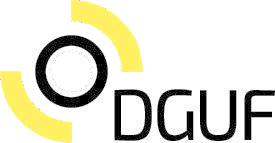Archäologie der Moderne zwischen Fachlichkeit, Zuständigkeiten und fachbereichlicher Reproduktionsfähigkeit
Identifiers (Article)
Abstract
The call for an archaeology of modernity (AdM) is an exciting phenomenon. On the one hand, it has been a good professional practice for decades. On the other hand, it is still searching for its own academic profile. This can be less of a content-related nature but must be oriented towards the establishment of its own professional foundations. The attempt to establish a new academic field of archaeological research is comparable to the emergence of Pre- and Protohistoric Archaeology (here: “UFG”) at the end of the 19th and the beginning of the 20th century. As a starting point, we have chosen a contribution in which the university researcher Karl Josef Narr chose a comparable approach 30 years ago. He presented an analysis of German pre- and protohistoric archaeology according to national prehistoric research for the period 1945 to 1990. In the context of our contribution, his study will be followed and used to reflect on the establishment of the discipline of AdM. The focus is on questions about the framework conditions of the respective knowledge production and reproduction, which must be solved by both the UFG and the AdM. In this context, the AdM has the advantage that it develops organisationally out of the UFG. However, this involves structural dependencies and determinants. These must be taken into account by the AdM and – in order to be able to better establish its own goals – be aligned with the possibilities, organisational structures and structural framework conditions of the existing subject. Consequently, the task of an AdM that wants to establish itself must be to define possible work content or thematic fields and the methodological framework conditions for their systematic treatment in this transdisciplinary field of research and work that transcends competences and disciplines, and then to delineate these from other historic-anthropological or cultural-anthropological subjects. The catalogue of questions in the appendix is intended to help to foster this necessary discussion in a structured and systematic way.
Statistics

Comments on this article
Published (Versions)
- 2021-05-31 (2)
- 2021-05-28 (1)







